University of Basrah as a model for sustainable sports and enhancing national identity in light of digital transformations
Main Article Content
Abstract
The study aims to analyze how sustainable sports activities contribute to consolidating national values and enhancing community belonging at the University of Basra, in line with its cultural and social specificities. The study seeks to propose effective strategies for investing modern technology and digital transformations in developing the sports sector at the University of Basra, which contributes to achieving sustainable development. The study community represents professional and amateur athletes, sports team coaches, local sports officials and club administrations. School and university students, and local community members interested in sports). The researchers concluded that the results showed a strong statistical significance for sustainable sports on enhancing national identity at the University of Basra. The researchers recommend developing sustainable sports programs that focus on enhancing national identity
Article Details

This work is licensed under a Creative Commons Attribution-NonCommercial 4.0 International License.
References
Abdeen, D. E. M. I., Al-Hasnawi, A. A. A., Ghazi, M. A., & Ahmed, M. A. H. (2025). Methodology of using the kinetic diagram in teaching skillful performance in some basic situations in karate sport. Damu Journal of Sport Sciences, 2(1), 86–101. https://doi.org/https://damujss.com/index.php/home/article/view/200
Al-Saadi, A. M., Mahmoud, B. S. E. D., Ghazi, M. A., & Hamoud, A. M. (2025). Sports between permissibility and criminalization: an analytical study of the legal and ethical dimensions. Journal of Sports Education Studies and Research, 35(1), 285–300. https://doi.org/https://doi.org/10.55998/jsrse.v35i1.995
Bairner, A. (2009). National sports and national landscapes: In defence of primordialism. National Identities, 11(3), 223–239. https://doi.org/10.1080/14608940903081101
Brynjolfsson, E. (2014). The second machine age: Work, progress, and prosperity in a time of brilliant technologies. W. W. Norton & Company.
Chaeroni, A., Muspardi, M., Mottakin, M., Talib, K., Orhan, B. E., Lani, M. N., Astuti, Y., & Kurnaz, M. (2024). Sports as an instrument of nationalism and patriotism: systematic literature review on the role of sports in shaping national identity in various countries. Retos: Nuevas Tendencias En Educación Física, Deporte y Recreación, 61, 1038–1049.
Chalip, L. (2006). Sport events and the creation of social capital. Sports Management Review.
Deloitte. (2020). Digital transformation in sports: Unleashing innovation for growth.
Ghazi, M. A., Abdeen, D. E. M. I., & Altaie, M. H. K. (2025). Enhancing karate skill performance through virtual visuals and artificial intelligence techniques. Scientific Journal of Sport and Performance, 4(1), 31–39. https://doi.org/https://doi.org/10.55860/DMGX3014
Lazem, M. A., Ghazi, M. A., & Mohammed, L. H. (2024). The Impact Of Curriculum Engineering, Artificial Intelligence Strategies, And Digital Methodology On Teaching Physical Education. Journal of Studies and Researches of Sport Education, 34(2).
Nations., U. (2015). Transforming our world: the 2030 Agenda for Sustainable Development.
Odeh, A. Y., Shabib, S. S., Ghazi, M. A., & Mohammed, L. H. (2024). Developing physical education curricula in the age of artificial intelligence. Journal of Sports Education Studies and Research, 34(3), 37–56. DOI: https://doi.org/10.55998/jsrse.v34i3.687
Oudah, A., Abbood, R., Shabib, S., Aldewan, L., & Ghazi, M. (2024). Developing Physical Education Curricula Within the Framework of Digital Transformation to Achieve Sustainable Development. Teacher Education and Curriculum Studies, 9(3), 86–102. https://doi.org/10.11648/j.tecs.20240903.15
Şahin, M. Y., Yenel, F., & Çolakoğlu, T. (2010). Sport and nationalism interaction: sports’ place and importance creating national identity. Journal of Human Sciences, 7(1), 1244–1263.
Smith, A. (2015). National identity and sport. Journal of Sport and Social Issues, 39(4), 291–308.
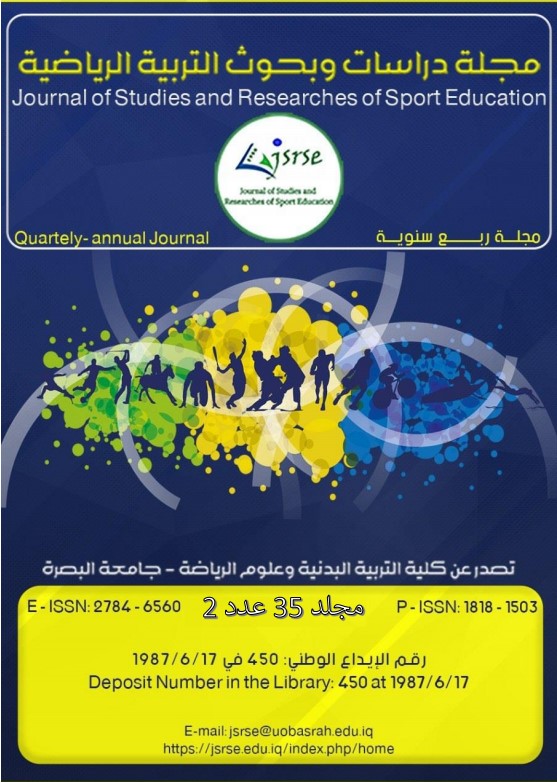




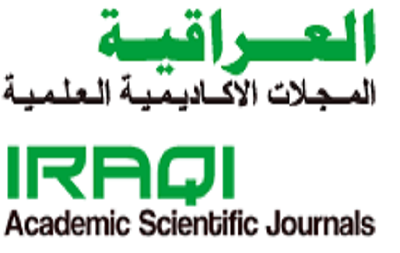 IASJ
IASJ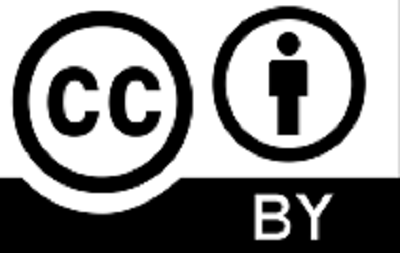 CC-BY-4.0
CC-BY-4.0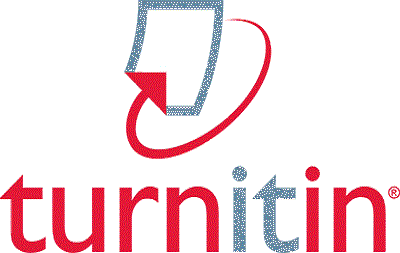 turnitin
turnitin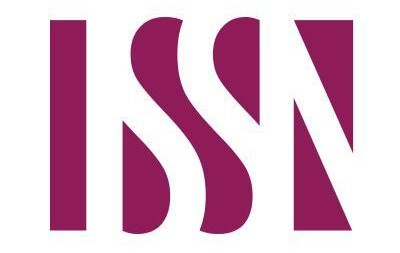 ISSN
ISSN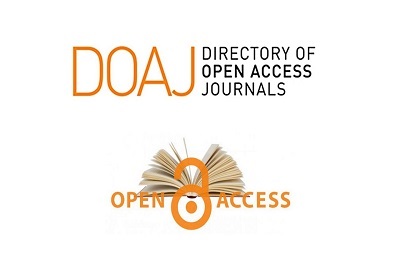 DOAJ
DOAJ Crossref
Crossref GoogleScholar
GoogleScholar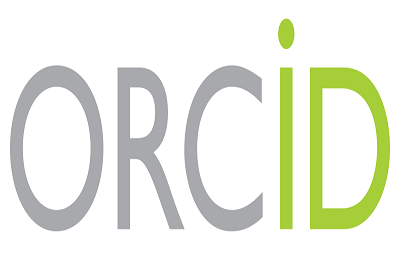 Orcid
Orcid